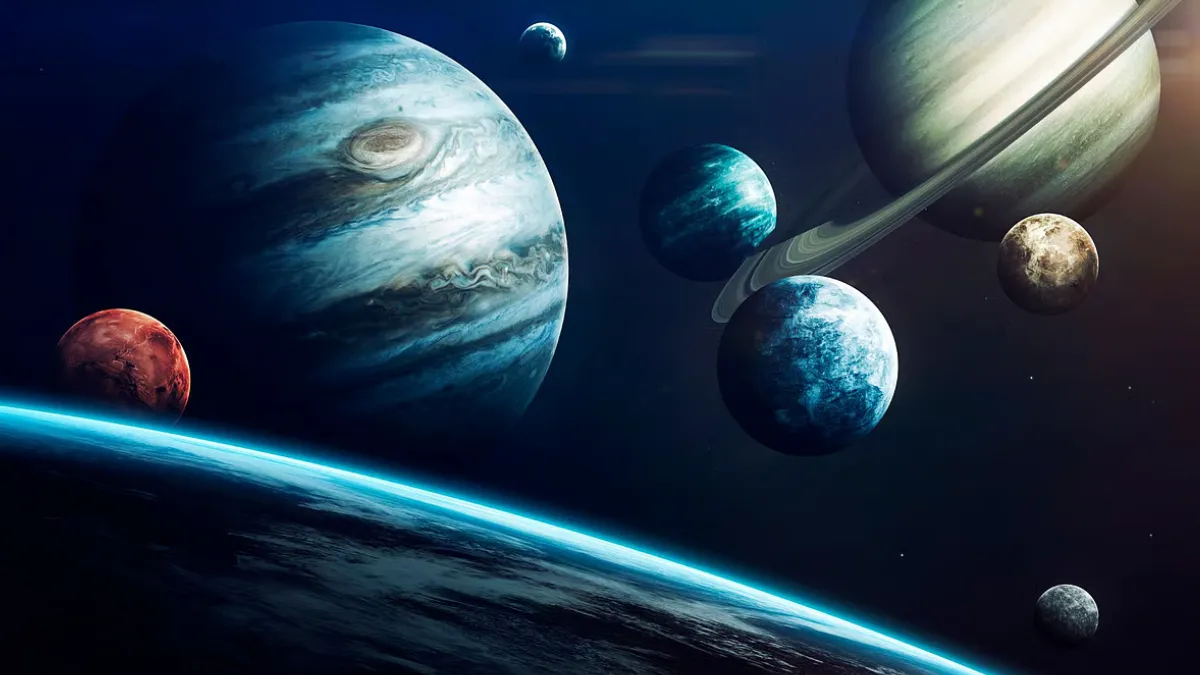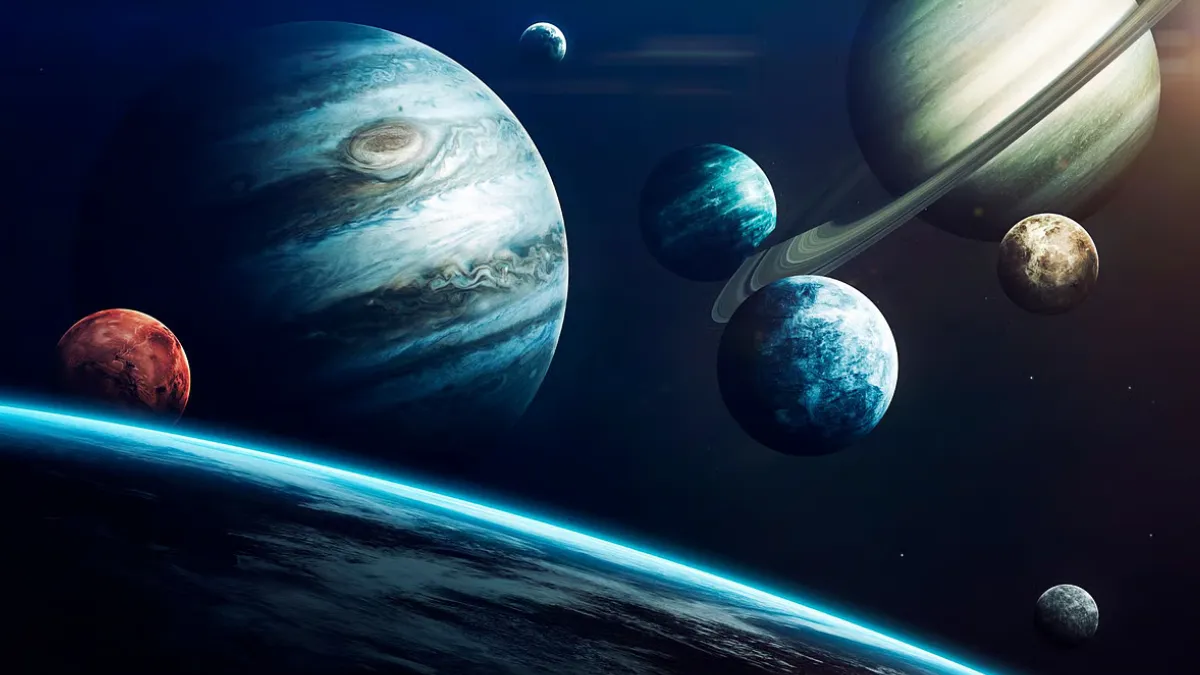World Space Week 2025 is being celebrated across the globe from October 4 to October 10, shining a spotlight on the wonders of space exploration, scientific achievements, and the mysteries of the cosmos. Every year, this week reminds us of how little we actually know about the vast universe beyond Earth. While humanity has made incredible progress in space technology, from landing on the Moon to launching advanced telescopes, space still holds countless secrets waiting to be uncovered.
The universe is more mysterious than we can imagine—full of galaxies, planets, stars, black holes, and phenomena that often defy human understanding. To mark World Space Week, here are five mind-blowing facts about outer space that many people don’t know, explained in simple words.
1. Space is Completely Silent
You might have heard the phrase, “In space, no one can hear you scream.” This is not just a line from a movie—it’s scientific reality. Sound needs a medium like air or water to travel. On Earth, vibrations move through air molecules, allowing us to hear. But space is a vacuum, with extremely few particles to carry sound waves.
That’s why space is eerily silent. Astronauts cannot talk to each other directly when outside their spacecraft. Instead, they rely on radios built into their helmets and suits to communicate. The silence of space is one of its most haunting and fascinating characteristics.

2. The Universe is Constantly Expanding
Since the Big Bang nearly 13.8 billion years ago, the universe has been expanding—and here’s the surprising part—it’s not slowing down, but speeding up. Galaxies are moving away from one another at incredible speeds. This phenomenon is linked to a mysterious force scientists call dark energy.
Imagine blowing up a balloon. As it gets bigger, the dots drawn on its surface move farther apart. That’s similar to what happens in the universe, except on a mind-boggling scale. Astronomers using advanced telescopes and satellites continue to track this expansion, which is one of the biggest puzzles in modern physics.
3. A Day on Venus is Longer Than a Year
When we think of a day, we imagine 24 hours. But on Venus, time works very differently. The planet rotates so slowly on its axis that one day on Venus lasts 243 Earth days. Interestingly, Venus takes only 225 Earth days to orbit around the Sun. In simple words, a year on Venus is shorter than its day!
Another unusual fact is that Venus rotates in the opposite direction compared to most other planets. If you stood on Venus (which would be impossible right now due to its extreme heat and toxic atmosphere), you would watch the Sun rise in the west and set in the east—the reverse of what we see on Earth.
4. There Are More Stars Than Grains of Sand on Earth

This fact is almost impossible to imagine. Scientists estimate that the universe contains more stars than all the grains of sand on every beach and desert across Earth combined. Our own galaxy, the Milky Way, alone has between 100 to 400 billion stars. And that’s just one galaxy—there are billions of galaxies in the universe.
When we look up at the night sky, the stars we see are only a tiny fraction of what’s really out there. The sheer scale of the cosmos is beyond human comprehension and reminds us how small our planet is in the grand scheme of things.
5. Neutron Stars Are Incredibly Dense
Among the most fascinating objects in the universe are neutron stars, which are formed after massive stars explode in violent supernovae. Despite their small size—often just 20 kilometers in diameter—they are unimaginably dense.
To put this into perspective: a sugar-cube-sized piece of neutron star material would weigh as much as the entire human population on Earth combined. This density occurs because the star’s core collapses under its own gravity, forcing protons and electrons to merge into neutrons. The result is an object so extreme that even our best scientific tools struggle to fully understand it.
Also read: Cool Kicks LA Owner Arrested in LAPD Raid Over Counterfeit Allegations
Why World Space Week Matters
Celebrated every year, World Space Week is more than just an event for scientists and space agencies. It is a global celebration recognized by the United Nations to highlight the importance of space exploration and technology in improving life on Earth. From weather satellites that help predict storms to GPS systems that guide us in daily travel, space research has a direct impact on our lives.
Moreover, World Space Week inspires future generations. Young students around the world participate in exhibitions, planetarium visits, and educational activities that spark curiosity about science, astronomy, and engineering. It also brings international attention to global cooperation in space, reminding us that humanity must work together to explore the cosmos.
Also read: Cool Kicks LA Owner Arrested in LAPD Raid Over Counterfeit Allegations
The Bigger Picture
The universe is full of mysteries, and the five facts mentioned here are only the tip of the iceberg. From black holes that warp time and space to exoplanets that may hold signs of life, space exploration is a journey that never ends.
World Space Week serves as a reminder that while Earth is our home, it is just a tiny speck in the grand design of the cosmos. As scientists continue to push boundaries, the dream of exploring beyond our solar system might one day become reality.
For now, we celebrate the wonders of space and the curiosity that drives us to keep asking questions. After all, it is curiosity that has always pushed humanity forward—from sailing across oceans to exploring the stars.


















